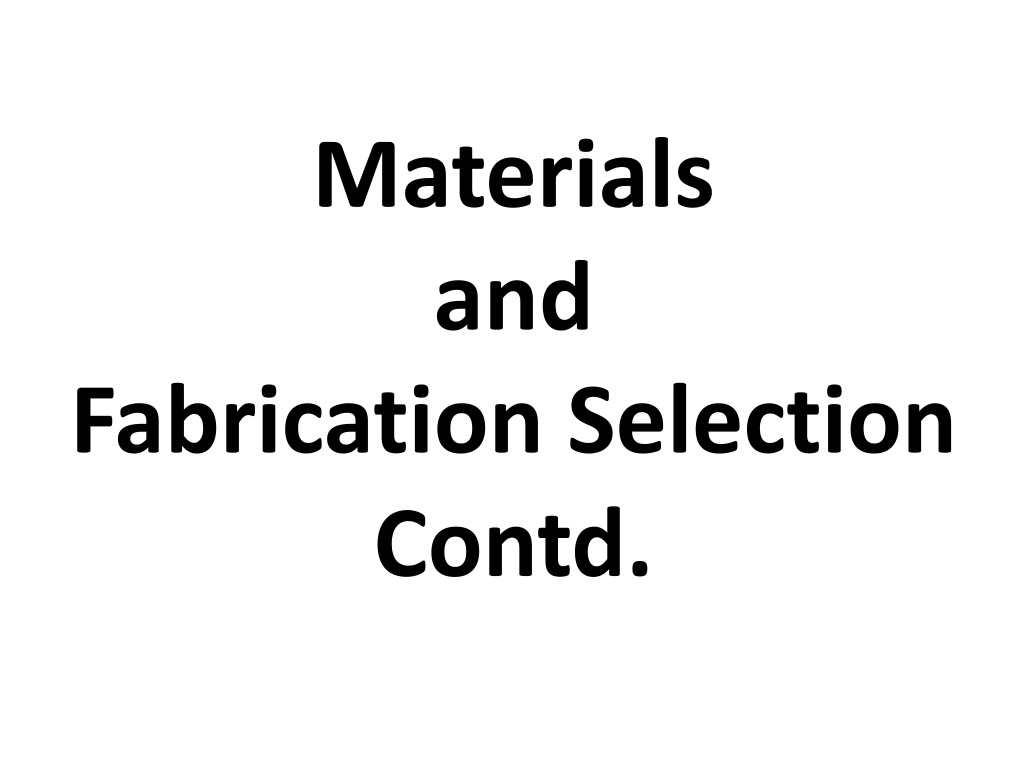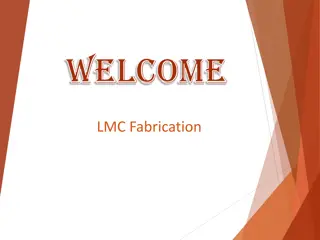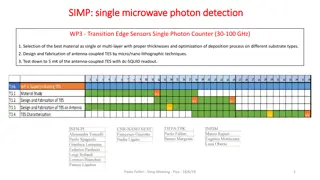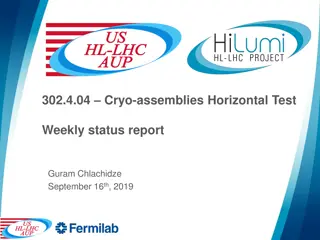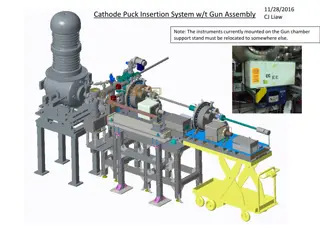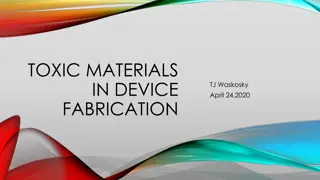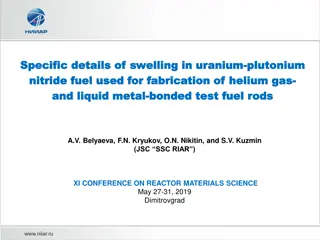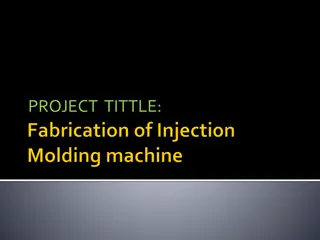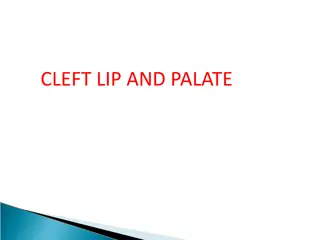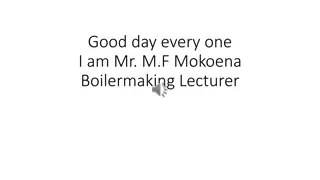Materials and Fabrication Selection Contd.
Corrosion resistance is a critical factor in material selection for various applications. Different types of corrosion, such as uniform, galvanic, and stress corrosion, must be considered. Factors like erosion-corrosion and hydrogen embrittlement also play a role in material degradation. Selection criteria include the nature of the metal, surface film, velocity, and more. Materials commonly used for construction, including iron, steel, alloys, and copper, offer varying levels of corrosion resistance. Understanding these aspects is vital to choosing the right material for a given environment.
Download Presentation

Please find below an Image/Link to download the presentation.
The content on the website is provided AS IS for your information and personal use only. It may not be sold, licensed, or shared on other websites without obtaining consent from the author.If you encounter any issues during the download, it is possible that the publisher has removed the file from their server.
You are allowed to download the files provided on this website for personal or commercial use, subject to the condition that they are used lawfully. All files are the property of their respective owners.
The content on the website is provided AS IS for your information and personal use only. It may not be sold, licensed, or shared on other websites without obtaining consent from the author.
E N D
Presentation Transcript
Materials and Fabrication Selection Contd.
2. Corrosion resistance The conditions that cause corrosion can arise in a variety of ways. it is convenient to classify corrosion into the following categories: 1. Uniform corrosion; 2. Galvanic corrosion dissimilar metals in contact; 3. Pitting localized attack; 4. Intergranular corrosion; 5. Stress corrosion; 6. Erosion corrosion; 7. High-temperature oxidation; 8. Hydrogen embrittlement.
Erosioncorrosion Increase in the rate of deterioration or corrosion because of relative movement between a corrosive fluid and the metal surface. Factors affecting rate of corrosion: 1. Nature of metal. 2. Surface film. 3. Velocity.
Hydrogen embrittlement loss of ductility caused by the absorption (and reaction) of hydrogen in a metal Ex: Hydrogen reforming plants H2embrittlement severity depends on: 1. Partial pressure of hydrogen 2. Temperature
Acceptable Corrosion Rates ipy = inch per year mpy = mills per year ( 1 mill = 10-3inch)
SELECTION FOR CORROSION RESISTANCE In order to select the correct material of construction, the process environment to which the material will be exposed must be clearly defined. In addition to the main corrosive chemicals present, the following factors must be considered: 1. Temperature affects corrosion rate and mechanical properties; 2. Pressure; 3. pH; 4. Presence of trace impurities 5. The amount of aeration differential oxidation cells; 6. Stream velocity and agitation erosion-corrosion;
Commonly used material of construction Iron and steel Alloy steel Nickel and its alloys Copper and its alloys Lead Aluminum
